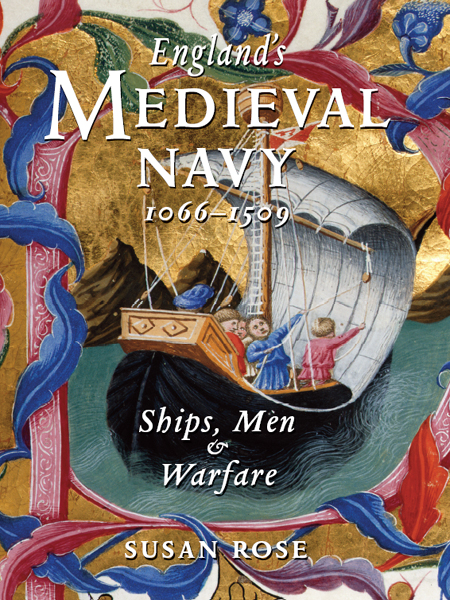

Most ebook files are in PDF format, so you can easily read them using various software such as Foxit Reader or directly on the Google Chrome browser.
Some ebook files are released by publishers in other formats such as .awz, .mobi, .epub, .fb2, etc. You may need to install specific software to read these formats on mobile/PC, such as Calibre.
Please read the tutorial at this link: https://ebookbell.com/faq
We offer FREE conversion to the popular formats you request; however, this may take some time. Therefore, right after payment, please email us, and we will try to provide the service as quickly as possible.
For some exceptional file formats or broken links (if any), please refrain from opening any disputes. Instead, email us first, and we will try to assist within a maximum of 6 hours.
EbookBell Team

4.3
78 reviewsWe are accustomed to think of England in terms of Shakespeare’s ‘precious stone set in a silver sea’, safe behind its watery ramparts with its naval strength resisting all invaders. To the English of an earlier period – from the 8th to the 11th centuries – such a notion would have seemed ridiculous. The sea, rather than being a defensive wall, was a highway by which successive waves of invaders arrived, bringing destruction and fear in their wake. Deploying a wide range of sources, this new book looks at how English kings after the Norman Conquest learnt to use the Navy of England, a term which at this time included all vessels whether Royal or private and no matter what their ostensible purpose – to increase and safety and prosperity of the kingdom. The design and building of ships and harbour facilities, the development of navigation, ship handling, and the world of the seaman are all described, while comparisons with the navies of England’s closest neighbours, with particular focus on France and Scotland, are made, and notable battles including Damme, Dover, Sluys and La Rochelle included to explain the development of battle tactics and the use of arms during the period. The author shows, in this lucid and enlightening narrative, how the unspoken aim of successive monarchs was to begin to build ‘the wall’ of England, its naval defences, with a success which was to become so apparent in later centuries.